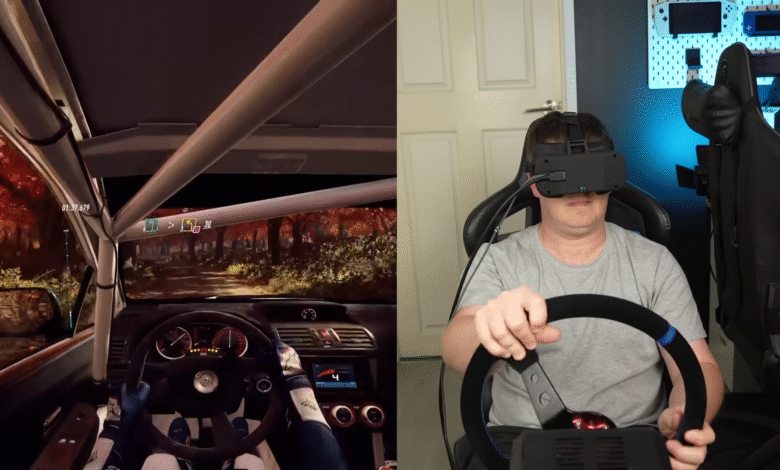Build Your Own VR Headset With 3D Printing

▼ Summary
– The modern VR era began over a decade ago with the Oculus Rift, but no killer app has convinced most consumers to adopt the technology.
– [CNCDan] built a DIY VR headset using primarily 3D-printed parts and components sourced from AliExpress for under $150.
– The headset features 2880x1440p resolution from dual 1440×1440 LCD displays, adjustable lenses for eye comfort, and HTC Vive Pro-compatible padding.
– It includes head tracking via an onboard IMU and Arduino, and all design files are available on Github for others to use.
– The creator reports good performance with racing simulators but faces issues with the LCD screens not running at 90 Hz refresh rate at full resolution.
Building your own virtual reality headset using 3D printing technology offers an exciting and affordable entry into the world of immersive digital experiences. While mainstream VR has struggled to find a must-have application for the average consumer, the do-it-yourself approach allows tech enthusiasts to customize their gear and understand the inner workings of these complex devices. One maker, known as CNCDan, has successfully crafted a functional VR headset almost entirely from 3D-printed parts and inexpensive components ordered online.
The headset delivers a resolution of 2880x1440p, achieved by using two separate square LCD screens, each providing 1440×1440 pixels for individual eyes. These displays are paired with 34 mm lenses to create a convincing stereoscopic effect. A key feature is the adjustable interpupillary distance, letting users align the optics precisely with their own vision for a clearer, more comfortable view. Comfort is further enhanced by designing the 3D-printed housing to work with headrest padding taken from an HTC Vive Pro.
For motion tracking, the device includes an inertial measurement unit (IMU) connected to an Arduino board, allowing the system to detect head movements accurately. Remarkably, the entire project was reportedly assembled for less than $150, a fraction of the price of most ready-made VR systems. All necessary design files have been shared publicly on GitHub, enabling others to replicate or modify the build.
CNCDan primarily uses his custom headset with a racing simulator setup and reports generally positive performance. He has encountered one significant challenge, however: the LCD screens do not consistently achieve a 90 Hz refresh rate when running at their full native resolution. This can affect motion smoothness, and he continues to work on resolving the issue. This build is part of a wider trend of inventive, home-built VR solutions that demonstrate how accessible and adaptable this technology can be for dedicated hobbyists.
(Source: Hack a Day)





